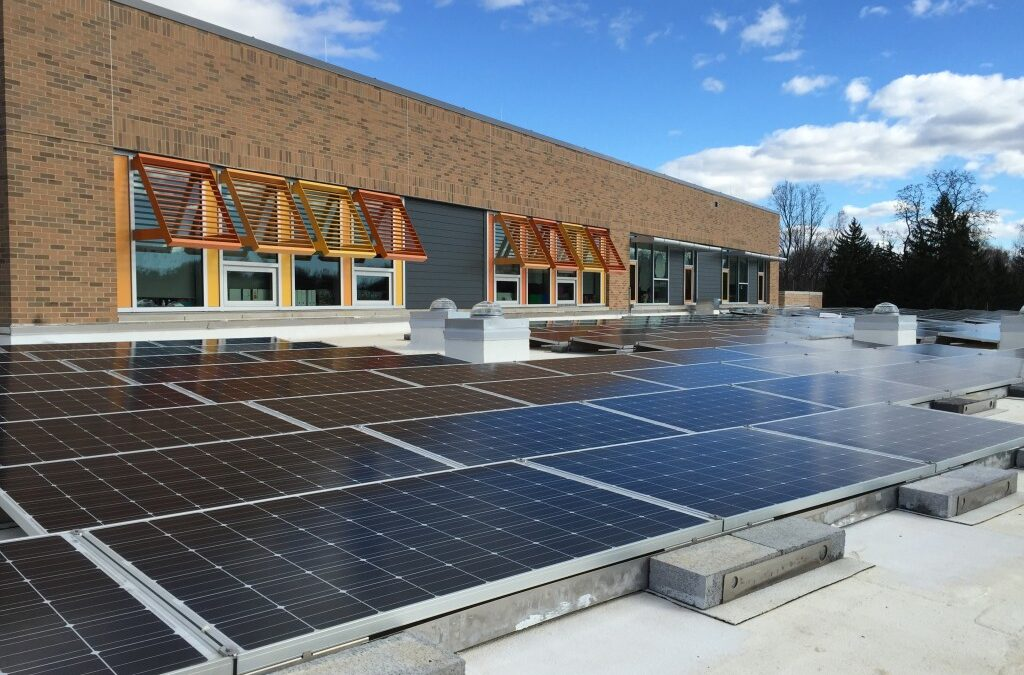Reimagining Public Schools: Combating Declining Enrollment through Energy Savings and Infrastructure Innovation
Public school districts are entering uncharted waters. With increasing competition from private, charter schools, and post-pandemic homeschooling, districts face declining enrollment and a consequential strain on resources. It has become vital to find innovative solutions to chart a path to a brighter, more sustainable future.
Upgrading district buildings and infrastructure can be a game-changer when budgets are tight. Investing in energy-saving measures is an innovative method that promises both cost savings and an improved educational experience. Harnessing the power of energy efficiency reduces costs while fostering an environment conducive to academic achievement. Additionally, focusing on energy savings helps you position your school district as environmentally conscious and financially practical, making it attractive to discerning parents.
By improving the school buildings in your district, you can create a more inviting, higher performance learning environment that enables students to reach greater academic achievement. This in turn enables you to highlight the greater diversity and community that your district serves.
Here are five action steps to take during the new year that can make your district more competitive for students and parents considering options to your public school district:
1.
Embrace an Energy Performance Contract (EPC)

Energy Performance Contracts (EPCs) create an opportunity for public school districts to carry out crucial infrastructure upgrades without the need for upfront capital. These contracts guarantee energy savings over time, with energy savings covering the cost of the infrastructure upgrades and retrofits. Upgrades may include swapping out traditional lighting for LED alternatives, integrating new HVAC controls, and modernizing boilers and air conditioning systems, all while ensuring a balanced budget.
2.
Implement Comprehensive Infrastructure Revamps

Beyond energy systems, other infrastructure elements can contribute to substantial savings. Changes to your building envelope, for example, can drastically improve its energy efficiency. This includes new windows, doors, roofing and insulation. Smart and extensive revamps can lead to significant savings and create a more conducive environment for stronger learning outcomes.
3.
Seek a Trusted Technical Owner’s Representative

Navigating the intricate terrain of an EPC may seem daunting for administrators. Engaging a Technical Owner’s Representative, an expert in deciphering the EPC process, is a strategic decision. A trusted partner like Energia can provide valuable guidance in managing the complex EPC process. They’ll accompany you through the journey, buffering you from the technicalities and assuring you of a project that results in meaningful savings.
4.
Communication and Impact Marketing

Marketing cannot be overlooked. Regularly communicating with the school community about these positive infrastructural changes paints your school district as a proactive, forward-thinking, and responsible organization that parents will want to entrust their children to. Frame these changes not just as an end to themselves, but as a means to an end—a tool to enhance educational quality and opportunities.
5.
Apply for TIPS Cooperative Pricing

If your district can leverage a program like the TIPS Purchasing Cooperative, you may be able to purchase products at discounted pricing and improve the typical bidding and purchasing process. As an awarded TIPS vendor, Energia offers district schools the opportunity to leverage this approach, which could save a significant amount of time and money.
Time for Unconventional Thinking
Faced with a shrinking pool of students, it’s time for public schools to think unconventionally and act decisively. Investing in energy-efficiency systems and promoting sustainable infrastructure can aid in establishing your school district as a forward-thinking and innovative organization.
Since increasing change and competition isn’t going away, standing still is not an option. It’s time for public school districts like yours to reimagine your path forward. By tapping into creative strategies, you can effectively transform your district’s energy liabilities into educational assets.
